Home>Interior Design>How Much Does It Cost To Install Hardwood Floors
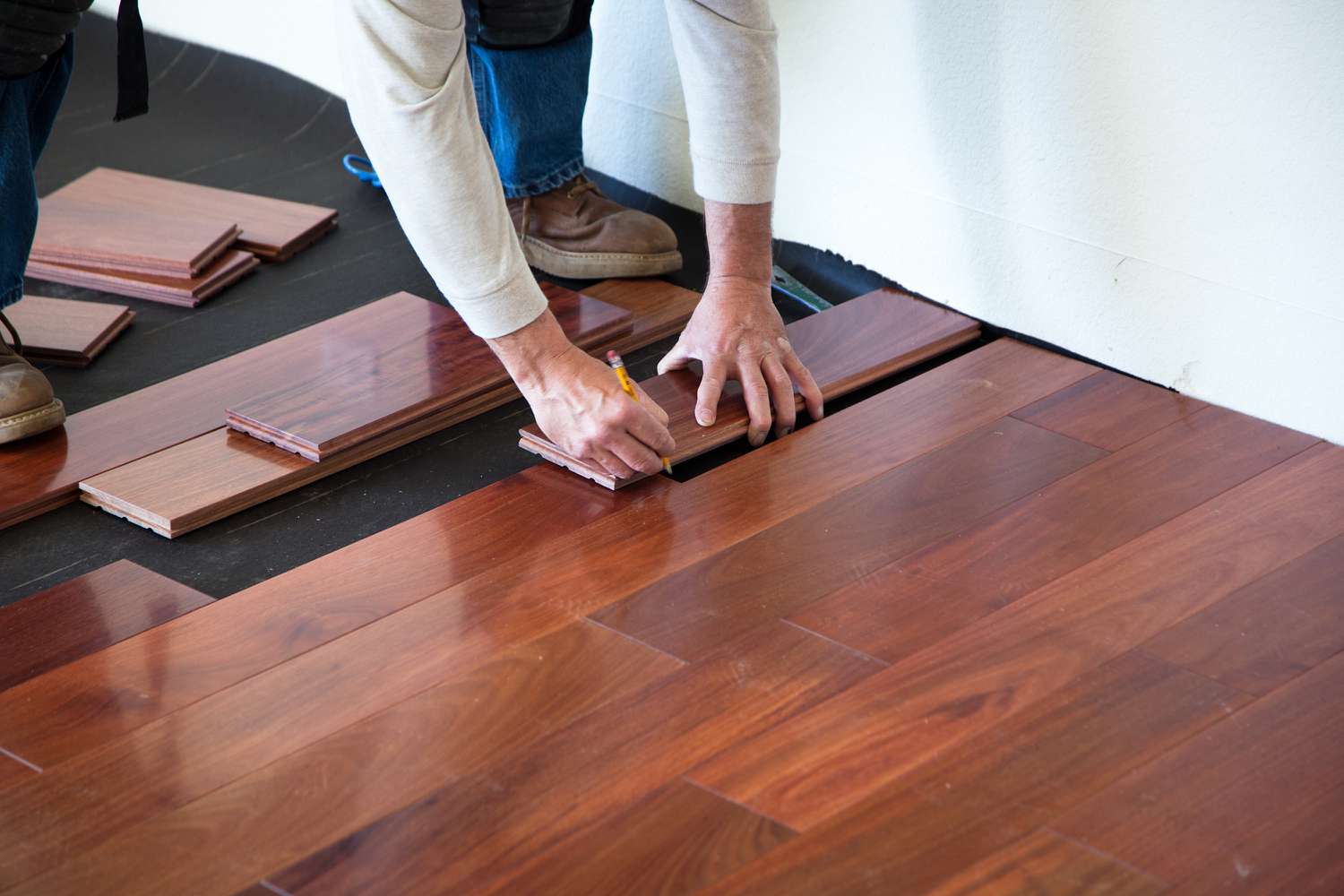

Interior Design
How Much Does It Cost To Install Hardwood Floors
Modified: October 28, 2024
Discover the cost of hardwood floor installation for your interior design project. Get expert advice and find affordable options for transforming your space.
(Many of the links in this article redirect to a specific reviewed product. Your purchase of these products through affiliate links helps to generate commission for Storables.com, at no extra cost. Learn more)
Introduction
Installing hardwood floors can add beauty, warmth, and value to your home. Whether you’re renovating your existing space or building a new house, hardwood flooring is a popular choice among homeowners. However, before embarking on this project, it’s crucial to understand the factors that influence the cost of hardwood floor installation.
Hardwood floors come in various types, including solid wood, engineered wood, and laminate. Each type has its own unique characteristics, benefits, and price ranges. The overall cost of installation depends on factors such as the type of wood, the quality of materials, the size of the area, and the complexity of the installation process.
In this article, we will explore the key factors to consider before installing hardwood floors and provide a breakdown of the costs involved. We will also offer tips on how to save money and make informed decisions throughout the installation process.
Whether you’re looking for a rustic, traditional aesthetic or a sleek, contemporary design, hardwood floors can transform any space into a welcoming and stylish environment. Let’s dive into the crucial factors you should consider before installing hardwood floors.
Key Takeaways:
- Installing hardwood floors involves considering factors such as wood type, quality, area size, subfloor condition, and installation method. Understanding these factors can help you make informed decisions and stay within budget.
- To save money on hardwood floor installation, consider shopping around for materials, opting for pre-finished floors, minimizing customizations, and bundling projects. Balancing cost-saving measures with desired quality is key.
Read more: How To Install Hardwood Floors
Factors to Consider Before Installing Hardwood Floors
Before diving into the world of hardwood floor installation, it’s essential to consider a few key factors. These factors will help you make informed decisions and ensure that the installation process aligns with your vision and budget. Let’s explore some of the crucial factors to keep in mind:
- Type of Wood: The type of wood you choose for your hardwood floors will have a significant impact on the cost and overall look of your space. Solid hardwood, such as oak or maple, is generally more expensive but offers a timeless and durable option. Engineered wood is a more affordable alternative and is suitable for areas with fluctuating humidity levels. Laminate flooring is the most budget-friendly option, providing a realistic wood look without the high price tag.
- Quality of Materials: When it comes to hardwood floors, the quality of materials can vary. Higher-quality materials often come with a higher price tag but offer better durability and longevity. It’s important to strike a balance between your budget and the overall quality you desire for your floors.
- Size of the Area: The size of the area you plan to cover with hardwood flooring will directly impact the overall cost. Larger areas require more materials and more labor, leading to higher expenses. Be sure to measure the space accurately to estimate the quantity of materials needed.
- Subfloor Condition: The condition of your subfloor is another critical factor to consider. If the subfloor is uneven or damaged, it may need to be repaired or replaced, adding additional costs to the installation process. It’s essential to have a professional assess and prepare the subfloor before installing hardwood floors.
- Installation Method: There are different installation methods for hardwood floors, such as nail-down, glue-down, and floating. Each method has its own pros and cons, as well as varying costs. The complexity of the installation process will also impact the overall price.
- Additional Upgrades: Consider any additional upgrades or features you may want for your hardwood floors. This could include custom finishes, patterns, or decorative borders. Keep in mind that these upgrades will add extra costs to the project but can enhance the overall aesthetic appeal of your floors.
By considering these factors before installing hardwood floors, you can ensure that your project stays within budget and meets your expectations. Next, let’s delve into the cost breakdown of hardwood flooring materials.
Cost Breakdown of Hardwood Flooring Materials
When it comes to hardwood floor installation, a significant portion of the cost is attributed to the materials themselves. The type of wood you choose, along with the quality and quantity needed, will determine the overall expense. Let’s break down the costs of hardwood flooring materials:
- Type of Wood: As mentioned earlier, the type of wood you select greatly impacts the cost. Solid hardwood is typically more expensive, with prices ranging from $5 to $15 per square foot, depending on the species. Engineered wood is a more affordable option, costing between $3 to $10 per square foot. Laminate flooring is the most budget-friendly, with prices ranging from $1 to $4 per square foot.
- Quality of Wood: The quality of the wood also affects the price. High-quality, premium-grade hardwood will be on the higher end of the price spectrum, while lower-quality options will be more budget-friendly. It’s important to balance quality with your overall budget and desired aesthetic.
- Quantity of Materials: The size of the area you plan to cover with hardwood flooring will determine the quantity of materials needed. This will impact the overall cost, as more materials will be required for larger spaces. Be sure to measure the area accurately and factor in extra for waste and cuts.
- Add-Ons and Accessories: In addition to the wood itself, there are other materials and accessories required for installation. This includes underlayment, moisture barriers, adhesives, and transition strips. These additional materials will add to the overall cost but are necessary for a successful installation.
- Customization and Finishing: If you desire custom finishes, patterns, or decorative borders, there will be additional costs associated with these features. Customization adds a unique touch to your floors but comes with a higher price tag due to the additional labor and materials involved.
It’s important to note that the prices mentioned above are general estimates and may vary depending on your location, the supplier, and any promotional offers available. It’s recommended to obtain quotes from multiple suppliers and compare prices to get the best value for your money.
Now that we’ve looked at the cost breakdown of hardwood flooring materials, let’s explore the labor costs associated with hardwood floor installation.
Labor Costs for Hardwood Floor Installation
While the cost of materials is a significant portion of the overall expenses, it’s essential to consider the labor costs involved in hardwood floor installation. Hiring professional installers ensures that the job is done correctly, resulting in a beautiful and long-lasting floor. Here’s a breakdown of the labor costs typically associated with hardwood floor installation:
- Installation Charges: Installers typically charge per square foot for the installation of hardwood floors. This can range from $3 to $8 per square foot, depending on factors such as the complexity of the job, the type of wood, and the installation method. Keep in mind that additional charges may apply for areas with difficult access or unusual configurations.
- Preparation and Removal: Before installing the new hardwood flooring, the existing flooring needs to be removed, and the subfloor prepared. Installers may charge an additional fee for these preparatory tasks, which can range from $1 to $3 per square foot.
- Subfloor Preparation: If the subfloor requires any repairs or leveling, additional costs may be incurred. This can involve patching, sanding, or installing a new subfloor, depending on the condition of the existing surface. The labor costs for subfloor preparation can range from $1 to $3 per square foot.
- Underlayment and Moisture Barrier Installation: Underlayment and moisture barriers are essential components of a successful hardwood floor installation. Installers may add a separate charge for the installation of these materials, typically ranging from $0.50 to $1 per square foot.
- Finishing Touches: Once the hardwood flooring is installed, there are finishing touches to consider, such as trimming, baseboards, and transitions. Installers may charge an additional fee for these finishing touches, depending on the complexity and scope of the work required.
It’s important to note that labor costs may vary depending on your location, the experience of the installers, and any additional services or customization you require. It’s always a good idea to obtain multiple quotes from reputable contractors and clarify what is included in their installation prices.
Now that we’ve covered the labor costs for hardwood floor installation, let’s explore some additional costs you should consider when planning your project.
When budgeting for hardwood floor installation, consider the cost of materials, labor, and any additional services such as removal of old flooring or subfloor preparation. Prices can vary based on the type of wood, the size of the space, and the complexity of the installation. It’s best to get multiple quotes from reputable contractors to compare costs.
Additional Costs to Consider
When budgeting for hardwood floor installation, it’s essential to consider the additional costs that may arise throughout the project. These costs go beyond the materials and labor and can impact the overall expenses. Here are some additional costs to consider:
- Furniture Removal and Replacement: If you have furniture in the area where the hardwood floors will be installed, you may need to remove and store it temporarily. This could involve hiring professional movers or renting storage space, which can add to the overall cost.
- Disposal of Old Flooring: If you’re replacing existing flooring, there may be costs associated with the disposal of the old materials. Depending on your location and the type of flooring, you may need to pay for disposal services or rent a dumpster.
- Transportation and Delivery: If you’re purchasing the hardwood flooring materials yourself, consider the transportation and delivery costs. Some suppliers may offer free delivery, while others may charge additional fees based on the distance or quantity of materials.
- Finishing and Maintenance Products: After the installation is complete, you may need to invest in finishing products, such as stains, paints, or sealants, to protect and enhance the appearance of your hardwood floors. Additionally, ongoing maintenance products, such as specialized cleaners, may also need to be factored into your expenses.
- Permits and Inspections: Depending on your local regulations, you may need to obtain permits or schedule inspections for the hardwood floor installation. These additional fees should be considered to ensure compliance with local building codes.
- Damage or Unforeseen Issues: In some cases, unforeseen issues may arise during the installation process. This could include subfloor damage, hidden plumbing or electrical problems, or other complications. It’s important to have a contingency budget in place to address any unexpected issues that may require additional repairs or adjustments.
By taking these additional costs into account, you can have a more accurate estimate of the total expenses involved in hardwood floor installation. It’s important to factor these costs into your budget to avoid any surprises or financial strain.
Now, let’s explore some actionable tips for saving money on hardwood floor installation.
Tips for Saving Money on Hardwood Floor Installation
Installing hardwood floors can be a significant investment, but there are ways to save money without compromising on quality. Here are some practical tips for saving money on hardwood floor installation:
- Shop Around for Materials: Take the time to research and compare prices from different suppliers. Look for discounts, promotions, or clearance sales to get the best deal on your hardwood flooring materials.
- Consider Alternative Wood Types: While solid hardwood is popular, consider alternative wood types such as engineered wood or laminate. These options can provide a similar aesthetic at a lower cost.
- Opt for Pre-Finished Floors: Pre-finished hardwood floors come already sanded, sealed, and finished, which can save time and money on labor costs. Additionally, pre-finished floors often come with warranties for added peace of mind.
- Choose a Simple Installation Method: Complex installation methods, such as intricate patterns or custom designs, can increase labor costs. Opt for a simple installation method to reduce expenses.
- Minimize Customizations: Custom finishes, patterns, and decorative borders can escalate the overall cost of installation. Keep customization to a minimum to stay within your budget.
- Prepare the Subfloor Yourself: If you have some DIY experience, you may opt to prepare the subfloor yourself. This can help save on labor costs, but ensure you have the necessary skills and tools to do it correctly.
- Bundle Projects: If you are planning other renovations or improvements, consider bundling them with hardwood floor installation. This can help negotiate better rates and minimize disruption in your home.
- Reuse Existing Materials: If you’re replacing flooring in one area of your home, consider repurposing the existing materials in other areas. This can help reduce costs for additional materials and disposal.
- Assess the Need for Additional Upgrades: While certain upgrades or features may enhance the look of your hardwood floors, consider if they’re essential or if they can be added at a later time. This can help reduce initial costs.
- DIY the Finishing Touches: Consider tackling the finishing touches yourself, such as installing trim or baseboards. However, ensure you have the skills and tools required for a professional-looking result.
Implementing these tips can help you save money on hardwood floor installation while still achieving the beautiful and durable floors you desire. Remember to balance cost-saving measures with your desired quality and aesthetic outcome.
As we wrap up, let’s summarize the key points we’ve covered in this article.
Conclusion
Installing hardwood floors can transform your space, adding elegance, warmth, and value to your home. However, it’s crucial to consider several factors before embarking on this project to ensure a successful and cost-effective installation. By understanding the various aspects of hardwood floor installation, you can make informed decisions and stay within your budget.
Key factors to consider include the type and quality of wood, the size of the area, the condition of the subfloor, and the desired installation method. These factors will influence the overall cost of materials and labor. Additionally, it’s important to account for any additional costs, such as furniture removal, disposal of old flooring, and permits.
To save money on hardwood floor installation, you can shop around for materials, consider alternative wood types, opt for pre-finished floors, and minimize customizations. Bundling projects, reusing existing materials, and DIYing certain aspects can also help reduce costs. However, it’s essential to strike a balance between cost savings and desired quality.
Remember to obtain quotes from multiple suppliers and contractors, ensuring that they provide detailed breakdowns of costs and services included. This will help you make an informed decision and choose the best option for your budget and vision.
By considering these factors, understanding the cost breakdown, and implementing money-saving tips, you can achieve the hardwood floors you’ve always dreamed of within your budget. Whether it’s a cozy living room, elegant dining area, or a stylish office space, hardwood floors will enhance the beauty and ambiance of any room.
So, go ahead and embark on your hardwood floor installation journey, knowing that you are well-equipped with the knowledge to make the right choices and create a stunning living space that will be enjoyed for years to come.
Frequently Asked Questions about How Much Does It Cost To Install Hardwood Floors
Was this page helpful?
At Storables.com, we guarantee accurate and reliable information. Our content, validated by Expert Board Contributors, is crafted following stringent Editorial Policies. We're committed to providing you with well-researched, expert-backed insights for all your informational needs.
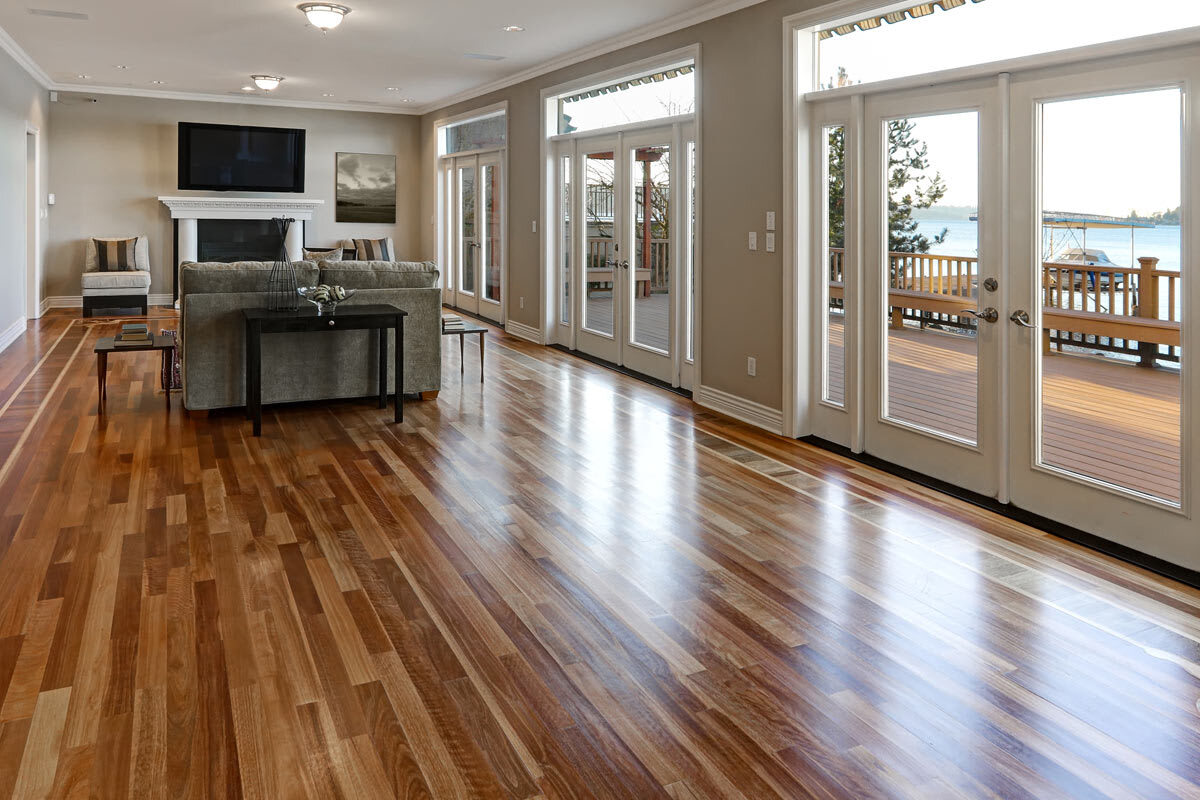
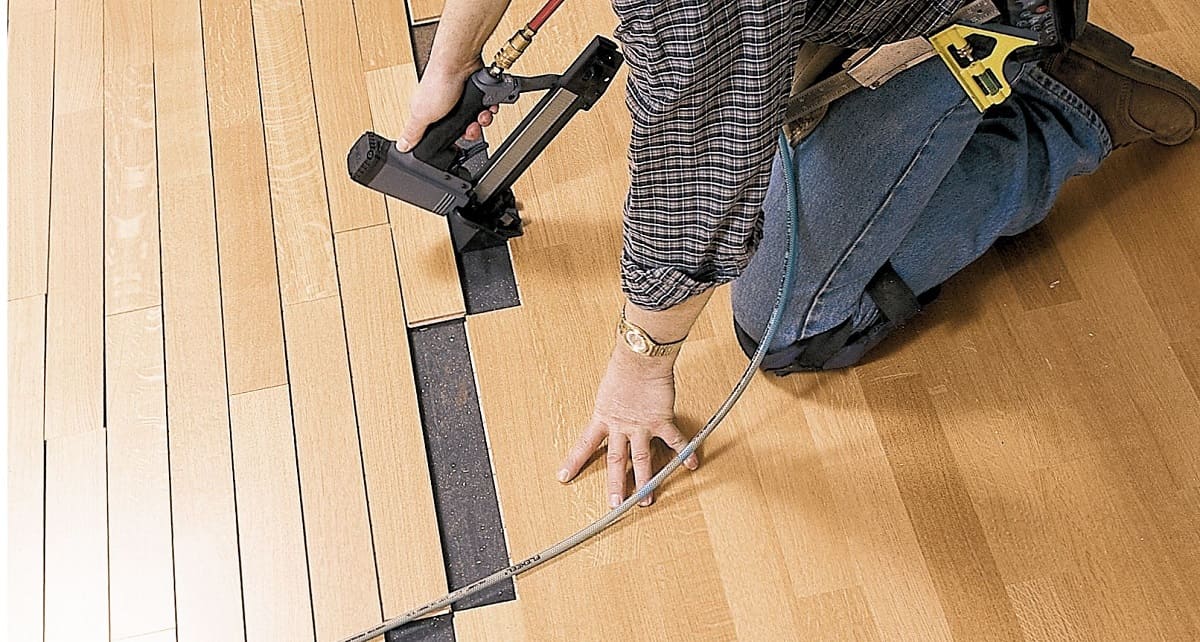
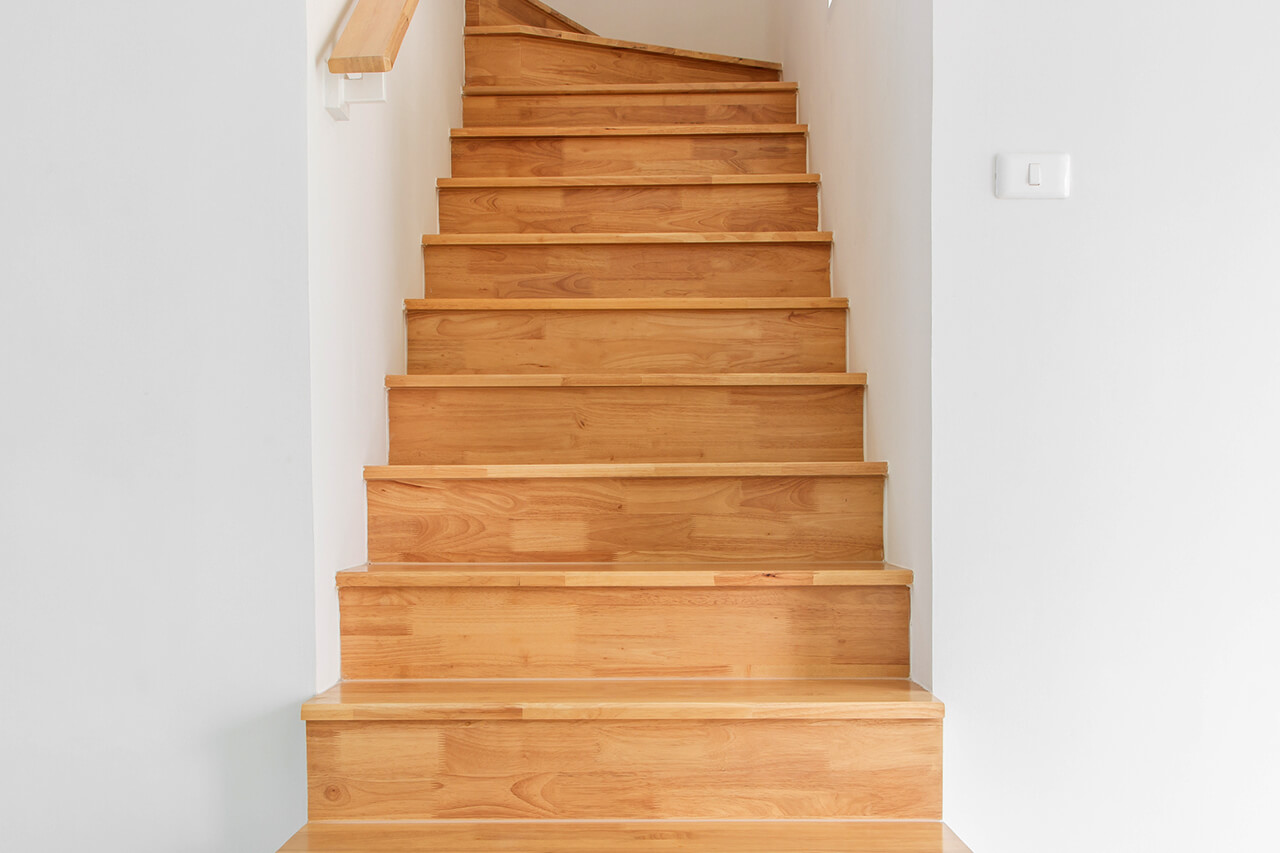
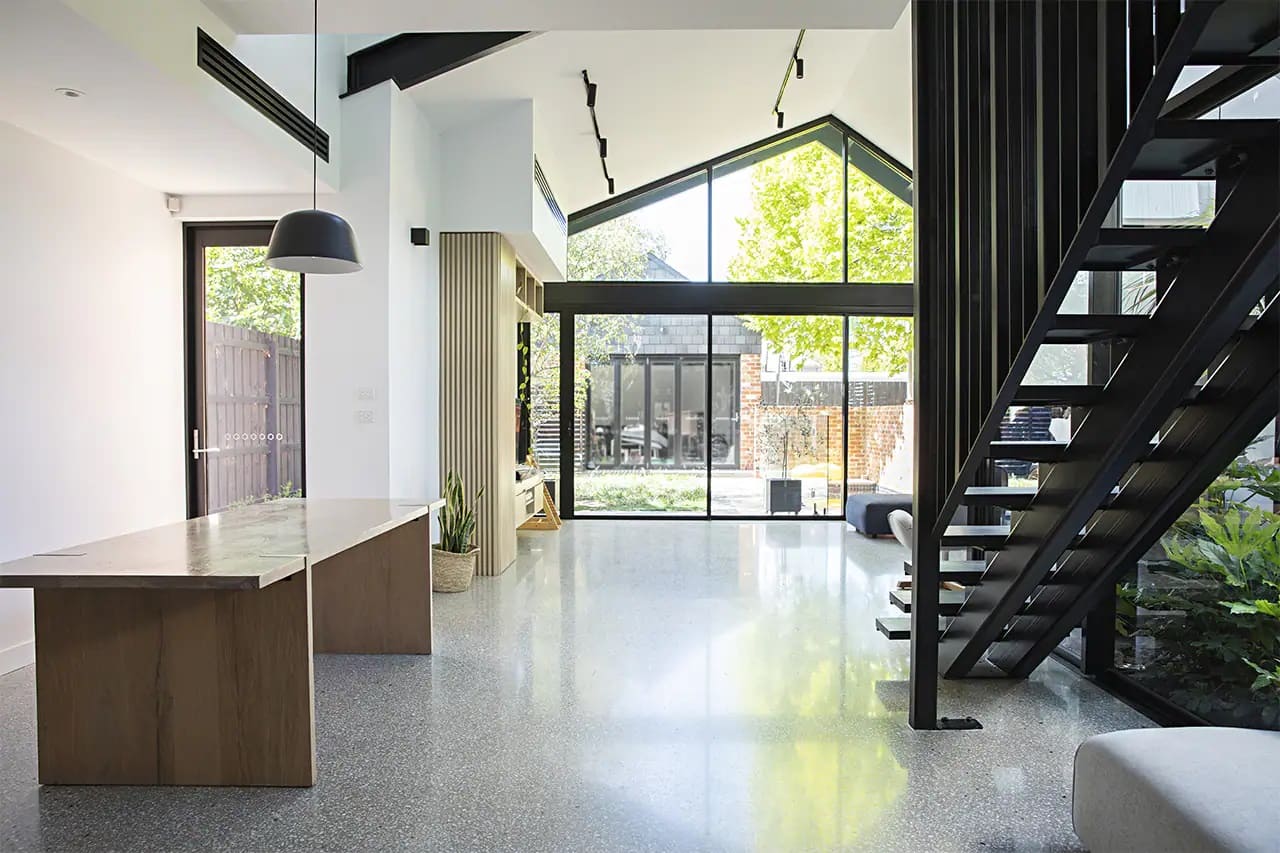
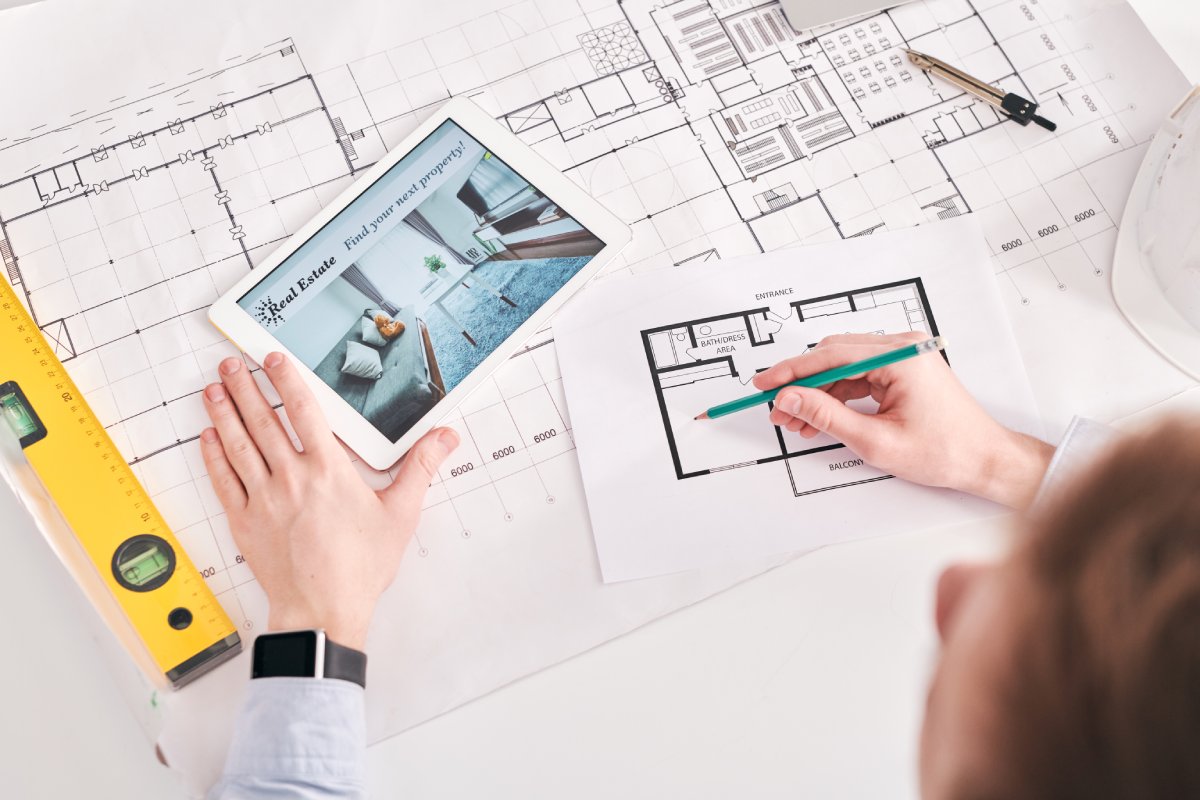
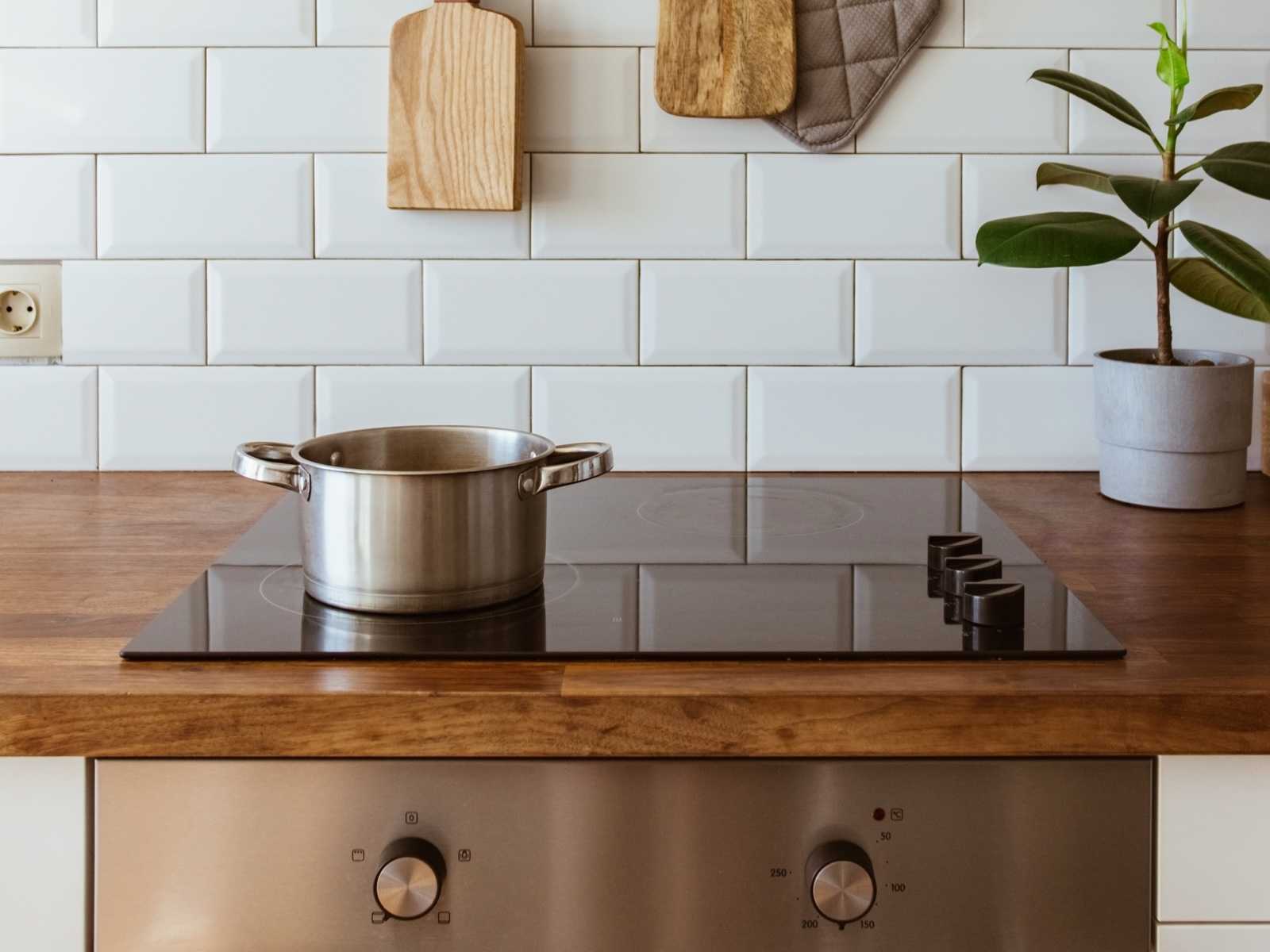

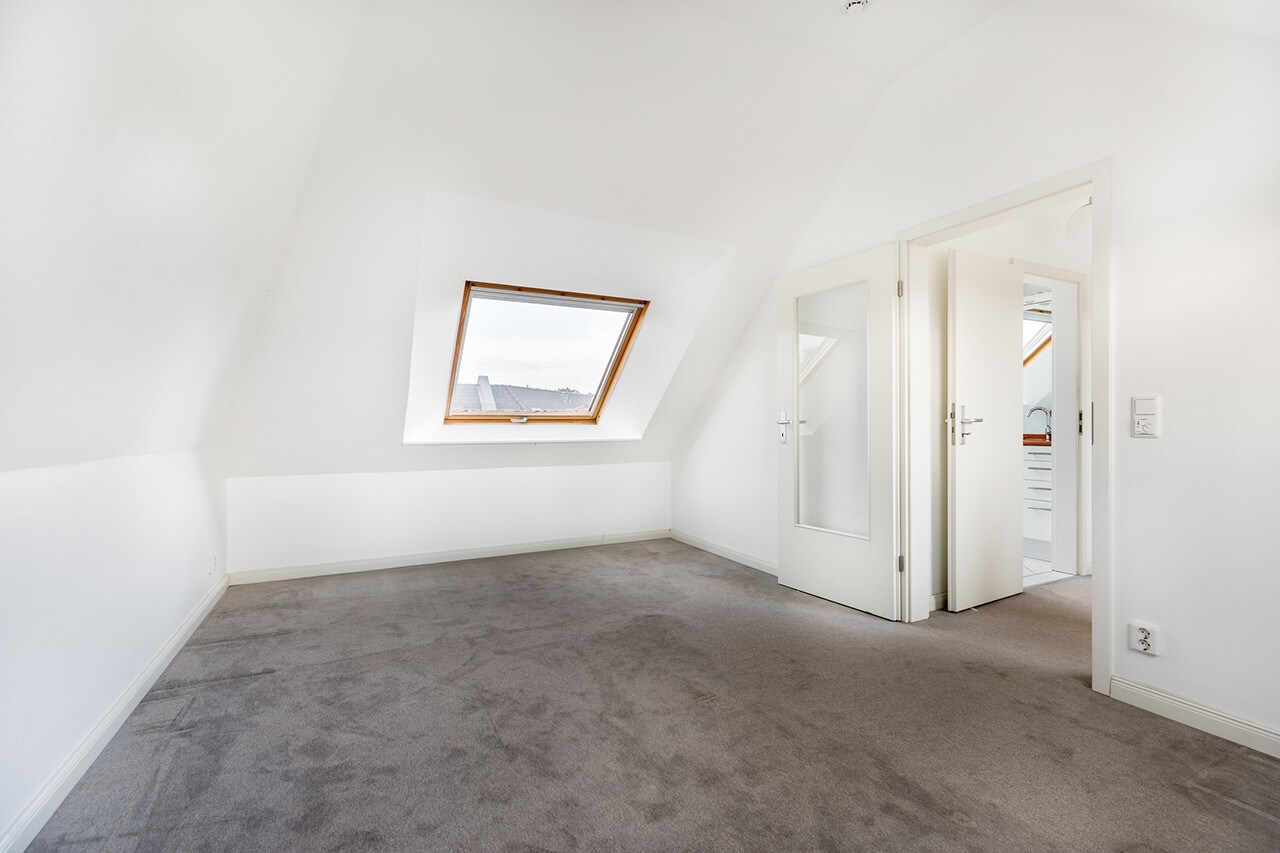
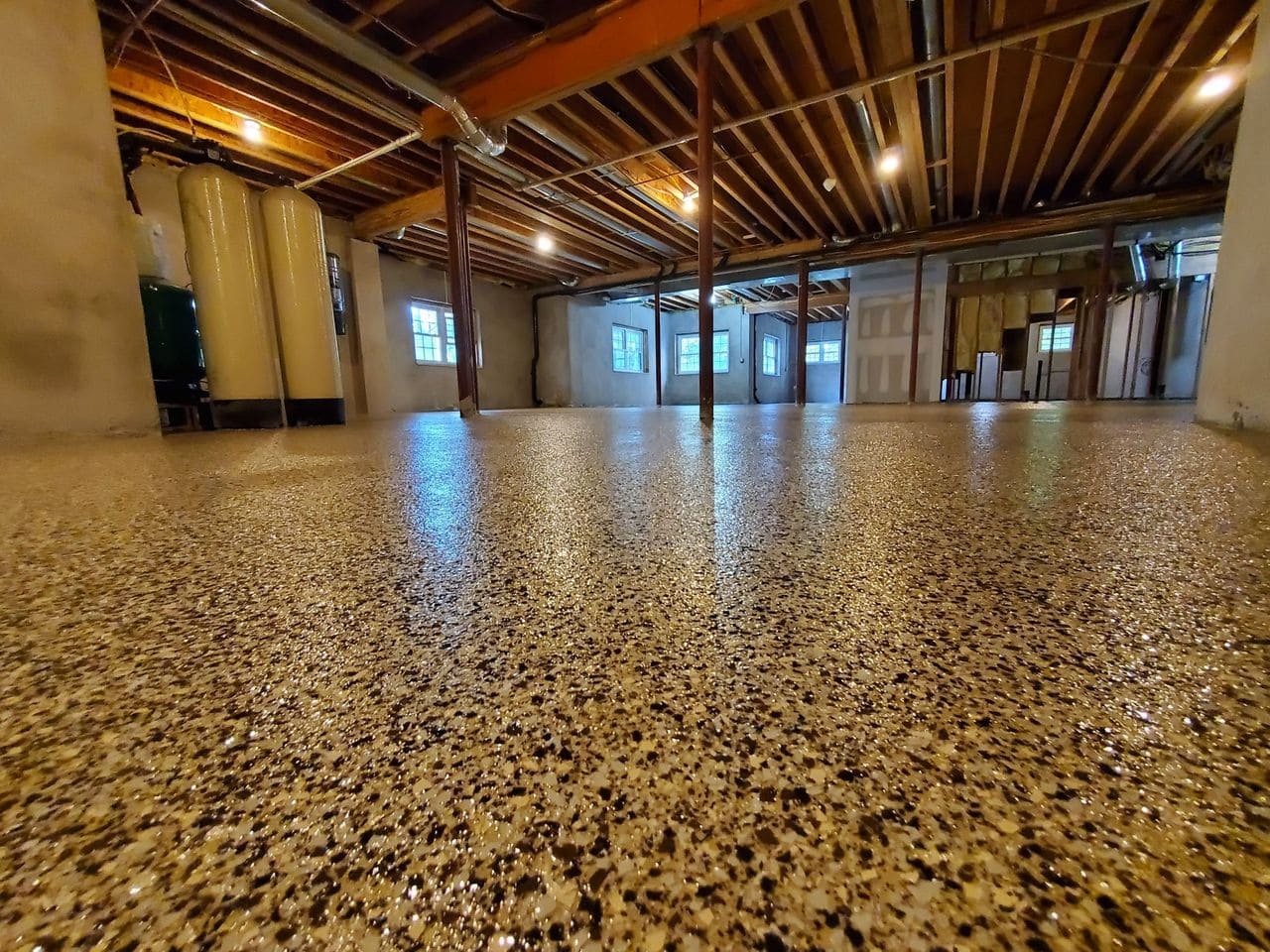
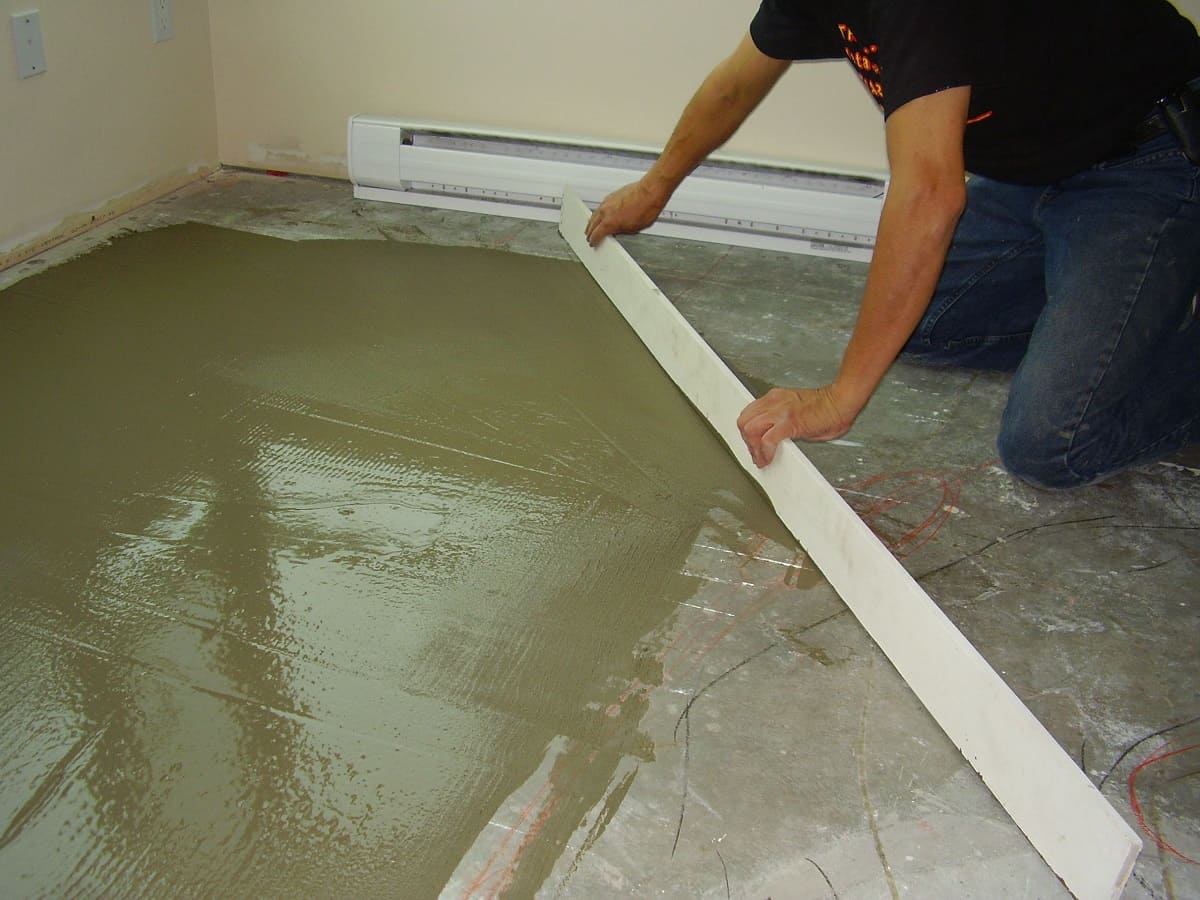
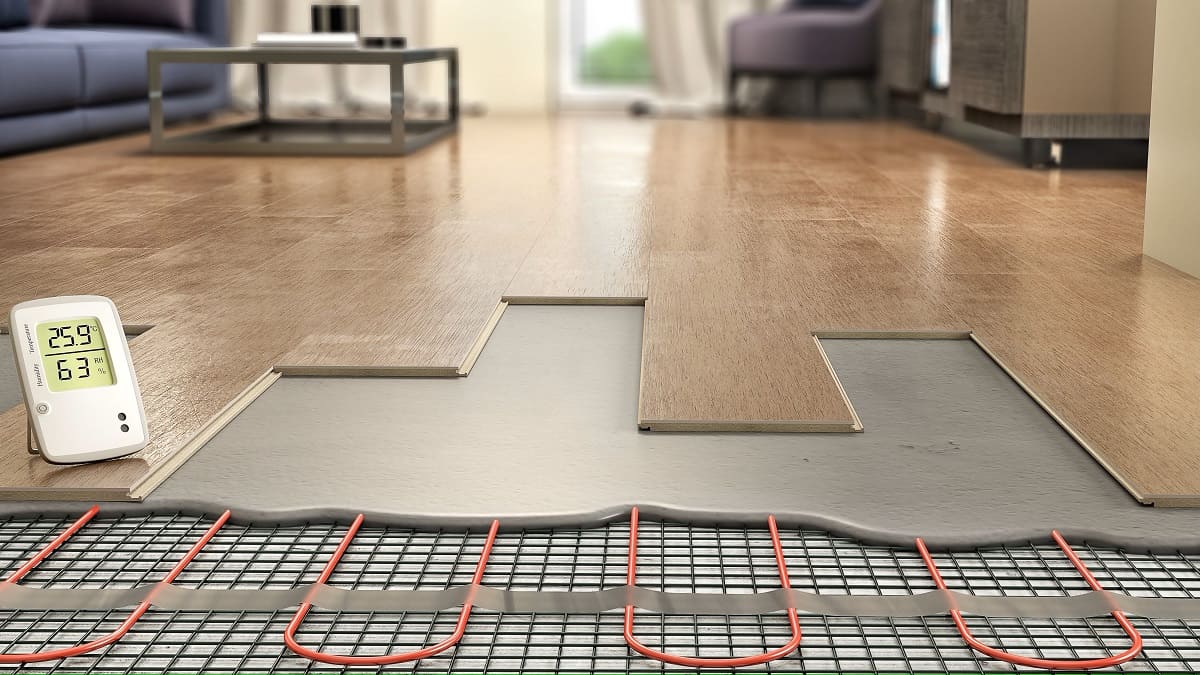
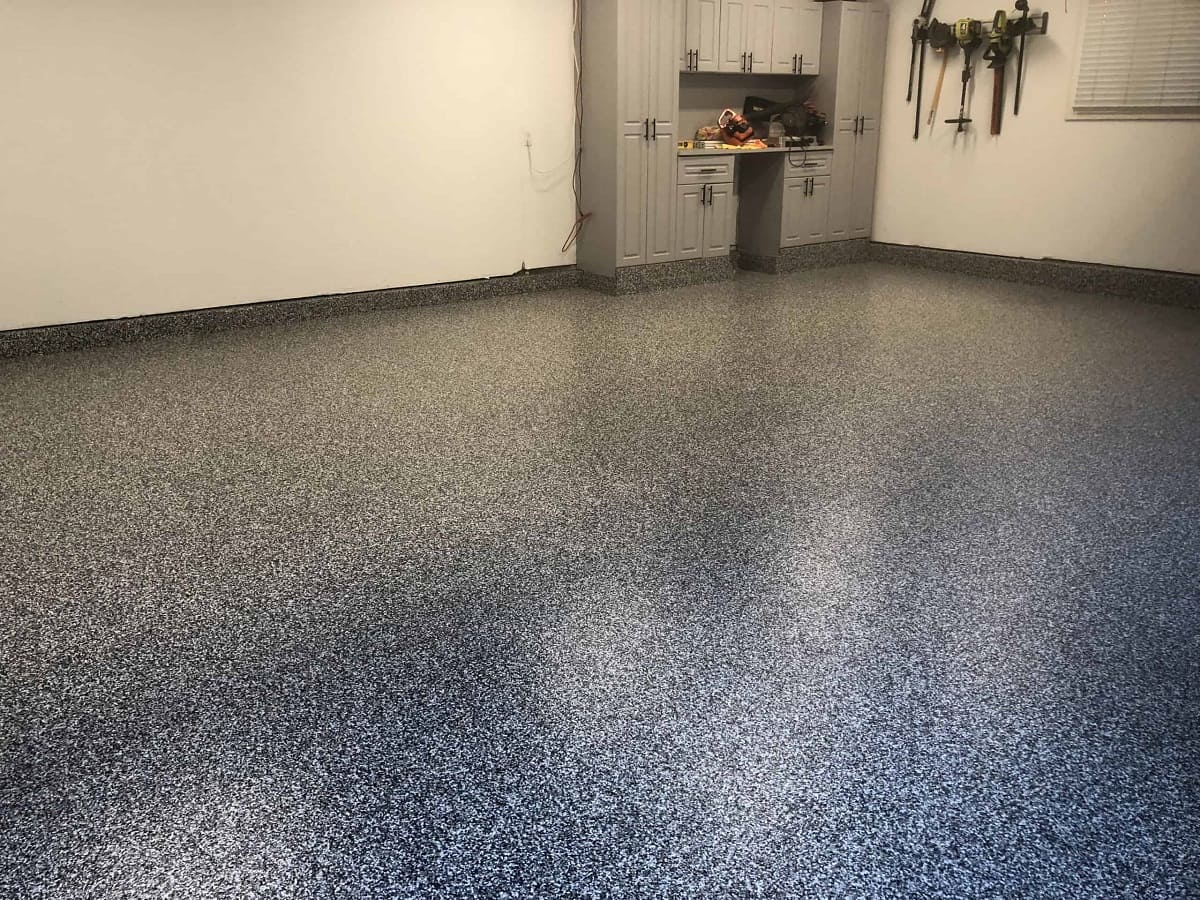
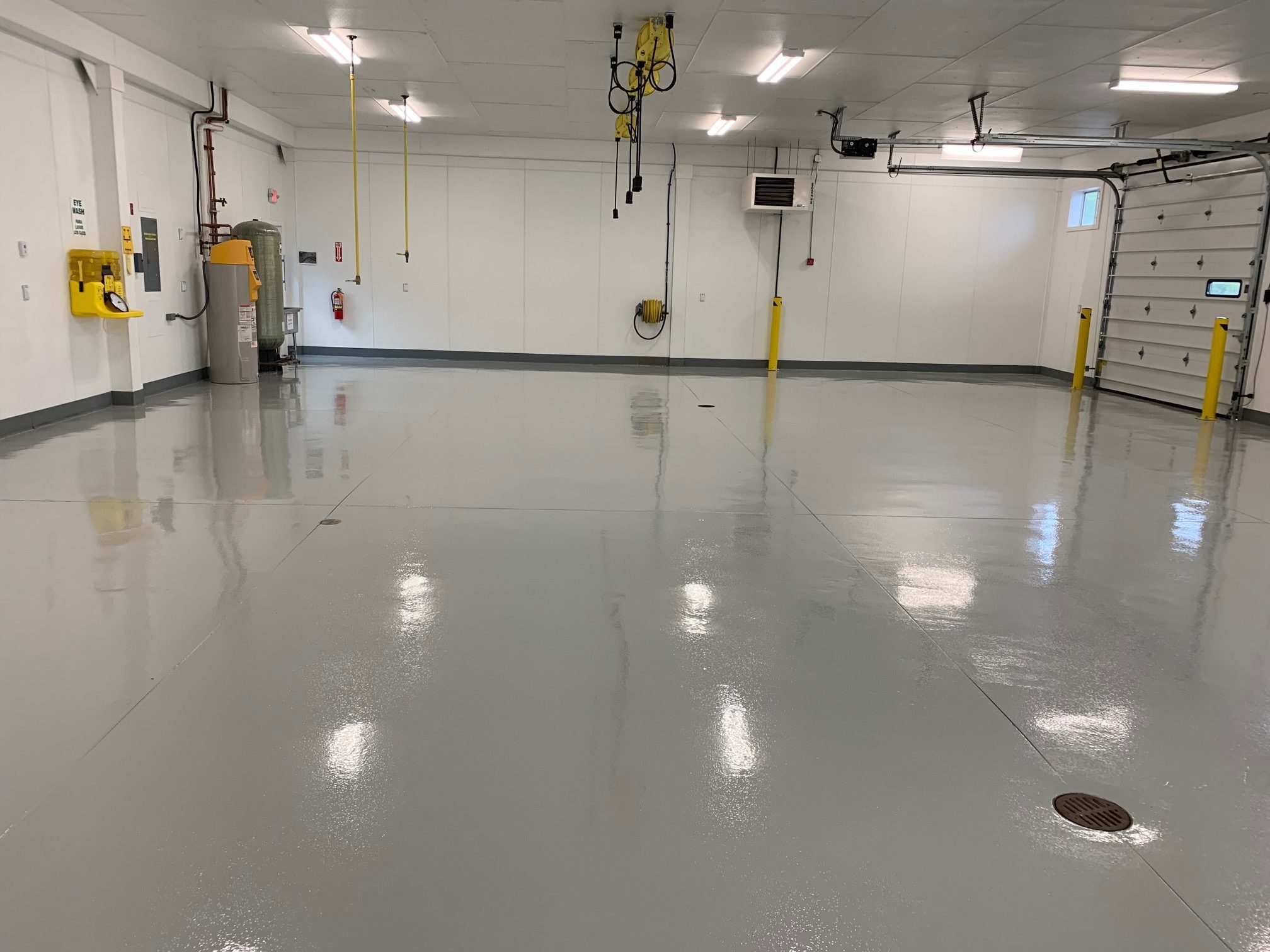
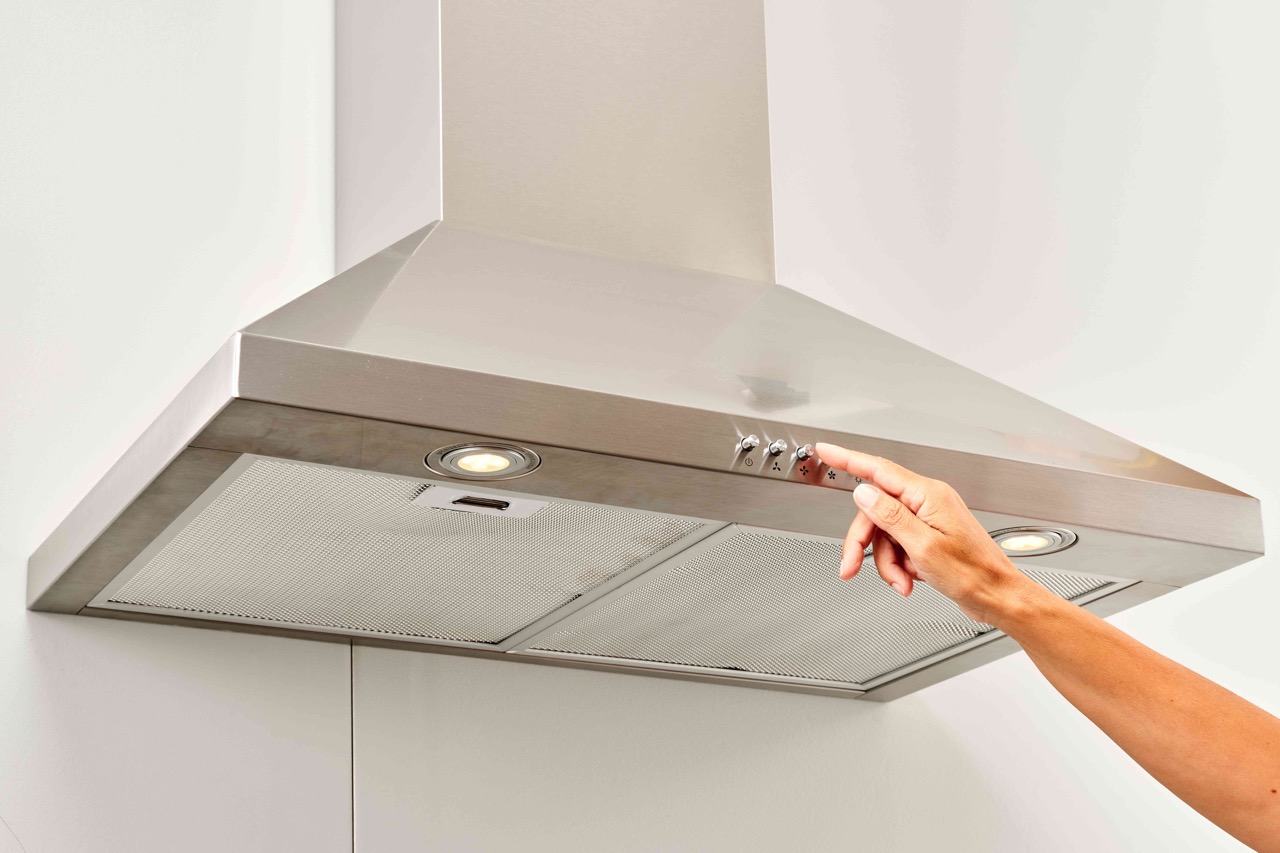

0 thoughts on “How Much Does It Cost To Install Hardwood Floors”